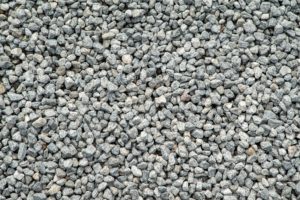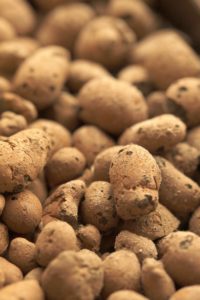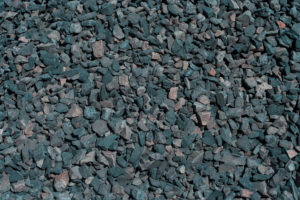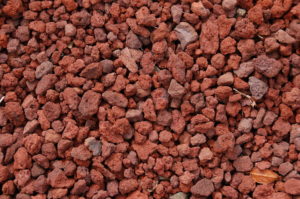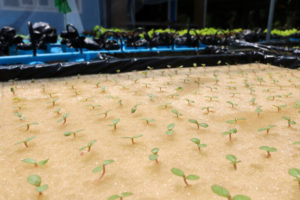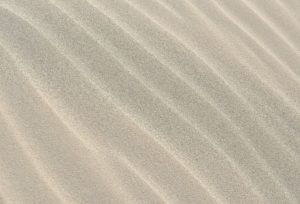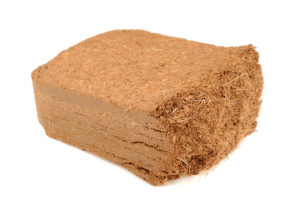Aquaponics Grow Media
There are a variety of aquaponics grow media used in an aquaponics system today. From natural rocks and gravel to man-made materials like Lightweight expanded clay aggregate (LECA) and expanded shale, in this article we list the most common aquaponics grow media used today and the advantages and disadvantages of each of them.
Things to keep in mind:
Some things to consider when choosing an aquaponics grow media are weight, size, price, and surface area. Heavier grow media is more labor intensive and harder to work with, but is sturdy and allows plants a firm hold with their roots. Too small or too large of a grow media can cause problems for your plants or for your plumbing system.
Surface area is a term used in aquaponics to describe how much area something has for beneficial bacteria to colonize. More surface area means more beneficial bacteria in your system, which means your system is able to convert ammonia (fish waste) in larger amounts and more quickly into nutrients for plants. The benefit is less ammonia in your system (ammonia is harmful to fish) and more nutrients for your plants to grow because the bioload (amount of waste) can be higher in a system with more beneficial bacteria.
Rocks/Gravel/Pebbles
Rocks, gravel, and pebbles are a popular choice for an aquaponics grow bed. They’re usually very affordable, come in all kinds of sizes, and are heavy. The heaviness makes them more labor intensive, but they also provide a sturdy means for plants and their roots to take hold in a system, offering support for some of the more top heavy plants like okra or egg plants.
Lightweight Expanded Clay Aggregate (LECA)
Lightweight expanded clay aggregate (LECA) are round, smooth pebbles manufactured from of clay that have been super heated. They expand during the heating process, making them very porous and lightweight. This porosity gives make a high amount of surface area, perfect for the colonization of beneficial bacteria. The smoothness of their exterior makes them easier on the hands when working with it. Because of these attributes, they make a very popular choice for an aquaponics grow bed.
Expanded Shale
Expanded shale is a less common form of grow media, but shares many similarities to LECA. The manufacturing process is similar to LECA, but instead of clay, they use shale. The result is a material very much similar to LECA, with high porosity, lightweight, and plenty of surface area. It’s typically harder to find, but it makes an excellent substitute grow media.
Lava Rock/Cinders
Lava rock or cinders are another common material used as an aquaponics grow bed media. Similar to gravel, it is a naturally occurring material and quite affordable compared to the manufactured materials. It is lighter in weight than gravel and more porous, allowing for my surface area for beneficial bacteria to grow. It can be a bit rough on the hands because of the rough texture of the cinder itself, but it makes an excellent choice for growing plants in.
Rock Wool
Rock wool, also referred to as mineral wool, is a manufactured fibrous material created by spinning or drawing molten mineral or rock material. It is commonly used as thermal insulation, but also makes a popular growing media for its ability to retain water but also keep roots aerated at the same time. Often used in hydroponics or as a material for starting seeds.
Sand
Sand is not often considered in aquaponics, but it can make a very good grow bed media. The fine particle size is not quite ideal for a typical ebb and flow grow bed that utilizes a bell siphon, however, it is quite suited to a form of aquaponics known as iAVs (integrated Aqua-Vegeculture system) aka Sandponics which operates on timers and passive drainage.
Coco Coir
Coco coir is another material used in aquaponics. It is not typically seen as the primary grow media in an aquaponics system, but it can be a great material for starting seeds or small plants. It is slightly acidic, so be aware that it can possibly affect ph levels in your system.
For more information on aquaponics, check out our Aquaponics category page.
